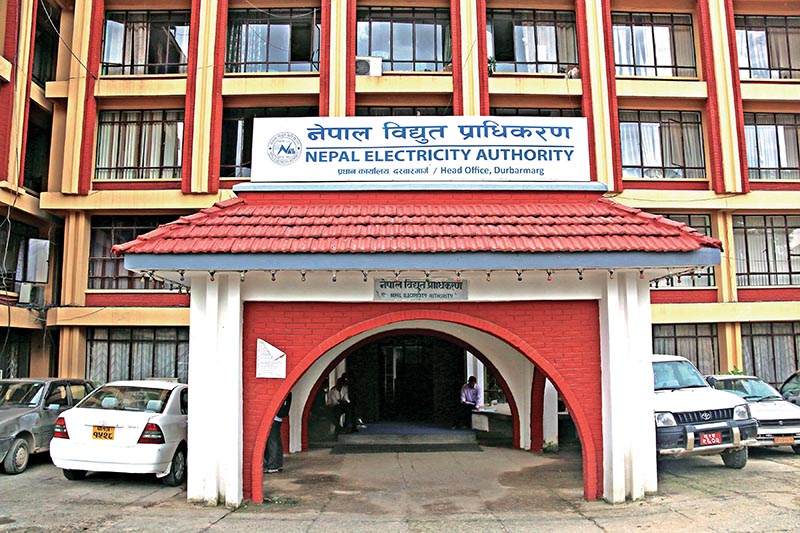Electricity demand up at record 1,338 megawatts
Kathmandu, December 29
As the winter season sets in Nepal Electricity Authority (NEA) has started facing a problem in its distribution system due to the increasing power consumption across the country especially in Kathmandu valley.
General consumers have started facing frequent power cuts of late during times of high demand.
According to NEA, the distribution system is overloaded and feeders are tripping due to record high demand of 1,338 megawatts. Transformers especially in Kathmandu valley are facing problems of overload and distribution cables are catching fire.
Meanwhile, NEA has said it is managing supply by repairing the problematic feeders and distribution lines.
Kul Man Ghising, managing director of NEA, said most of the transformers, feeders and cables are overloaded at present due to high demand. “We are trying to address the issue of electricity tripping by upgrading and replacing the local distribution system.”
As per Ghising, NEA’s technical teams have been mobilised in problematic areas and are working round the clock.
Even though the rolling blackouts of the past have ended in the country, frequent electricity tripping has been troubling consumers in recent times.
Electricity tripping, or power fluctuations in layman’s terms, has equally affected the household consumers, industries and other businesses.
“We don’t have any issue with the major transmission lines. Problems being witnessed are related to the local distribution systems, which are being affected by the rain and other technical issues,” Ghising said, adding that the authority has already replaced all the transformers in the Valley to ease the situation.
Prabal Adhikari, spokesperson for NEA, informed that the demand for electricity has risen due to the increasing cold weather, especially in Kathmandu valley, and subsequently due to the increase in the use of electrical appliances like air-conditioners and electric heaters. “The demand has soared in Kathmandu valley but is normal in other areas and we have been working to eliminate this problem as soon as possible,” he said.
As per Adhikari, Kathmandu valley’s demand has surged to above 400 megawatts at present. In normal times peak demand hovers between 250 and 325 megawatts. He informed the problem is gradually spreading across the country owing to low load handling capacity of the existing distribution system coupled with increased demand for electricity.
Ironically the government is planning to promote the use of electric vehicles as well as electric stoves for cooking to increase the consumption of electricity in the country.
Adhikari further said that they have been facing such problems mainly at the Balaju and Minbhawan substations.
“The work to replace the transformers in these areas has already been initiated and the problem will soon be resolved.”
Currently, NEA is replacing the local distribution system at Ratnapark and Maharajgunj load areas by installing the power lines underground.
The power utility has said it has given top priority to augment the transmission and distribution system and is installing double-circuit high-capacity transmission network to enhance the quality of power supply.
Adhikari informed that similar distribution problems have been witnessed in some areas outside the Valley as well and NEA is continuing to replace the transformers across the country. “We replaced almost 7,000 transformers in the last fiscal and 1,041 in the first four months of this fiscal across the country,” he said.
“The process to replace over 6,000 transformers across the country is ongoing at present, which will increase the capacity of the distribution system by 20 per cent,” Adhikari said.
As an immediate solution to the electricity tripping problem, NEA is upgrading 100 substations across the country, particularly in the major load centres and other major problematic areas, he informed, adding that the authority will upgrade the transmission and distribution system to handle additional 1,000 megawatts of power next year.
“We are now faced with the challenge of an additional 5,000 megawatts of electricity being connected to the national grid by 2024,” said Adhikari, adding that NEA will have to instal 15,000 new transformers by then.
The country’s peak demand currently stands at 1,338 megawatts, while NEA has been generating 508 megawatts and independent power producers are generating 332 megawatts.
The import from India stands at 498 megawatts, while Nepal has also been exporting 40 megawatts to Bihar in India, informed Adhikari.






